Once considered a humble tropical crop, cassava (also known as yuca or manioc) is now making a major comeback in American kitchens. From cassava flour tortillas to gluten-free brownies, this root vegetable has evolved from a survival staple to a trendy, health-conscious ingredient celebrated by chefs, home cooks, and nutritionists alike.
As more Americans look for grain-free, paleo-friendly, and plant-based alternatives, cassava’s natural versatility and nutrient profile have made it a star in the modern food scene. In this article, we’ll explore what cassava is, why it’s gaining traction in the U.S., its impressive health benefits, and how you can easily add it to your diet.
What Is Cassava?
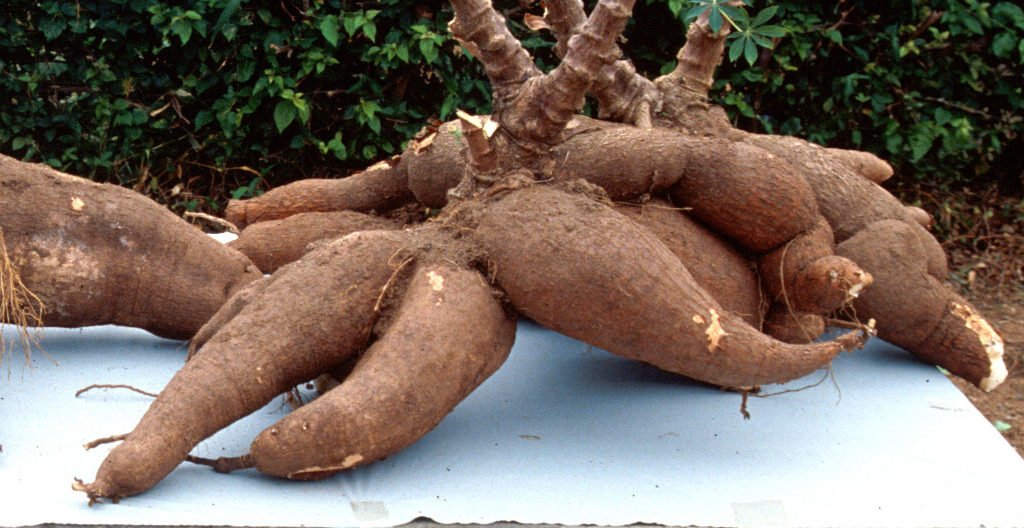
Cassava (Manihot esculenta) is a starchy root vegetable native to South America, widely cultivated in tropical regions across Africa, Asia, and Latin America. It’s long, tapered, and covered with a tough brown skin that protects its creamy white interior.
In its raw form, cassava is toxic due to compounds called cyanogenic glycosides, which must be removed by peeling, soaking, and cooking — a traditional process that makes the root perfectly safe and incredibly delicious.
There are two main varieties:
- Sweet cassava – commonly used for cooking and baking.
- Bitter cassava – used for industrial purposes, like making starch or animal feed.
When prepared properly, cassava has a mild, nutty flavor similar to potatoes but with a hint of sweetness, making it an excellent substitute in both savory and sweet recipes.
Cassava in History and Culture
Cassava has been a dietary staple for millions of people for over 7,000 years. Indigenous South American communities relied on it for its high caloric value and resilience in poor soil conditions.
As European explorers brought cassava to Africa and Asia during the colonial period, it became a major crop in tropical regions due to its ability to thrive in droughts and low-fertility lands.
Today, cassava is the third-largest source of carbohydrates in the world, after rice and maize. In the U.S., its popularity has surged among those seeking gluten-free, grain-free, and whole-food-based alternatives to traditional flours and starches.
Nutritional Profile of Cassava
While cassava is primarily known for its carbohydrate content, it offers more than just energy. A 100-gram serving of cooked cassava provides:
- Calories: ~160
- Carbohydrates: 38g
- Protein: 1.4g
- Fiber: 2g
- Fat: <0.5g
- Vitamin C: 20% of the Daily Value
- Folate, thiamine, magnesium, and potassium: Small to moderate amounts
Cassava is naturally gluten-free, nut-free, and grain-free, making it an excellent alternative for people with celiac disease, food allergies, or those following paleo and AIP (autoimmune protocol) diets.
Top Health Benefits of Cassava

1. Gluten-Free and Grain-Free Goodness
Cassava flour and tapioca starch (derived from cassava) have become popular among gluten-free eaters. Unlike almond or coconut flour, cassava flour is nut-free and mild in flavor, making it ideal for baking bread, pancakes, or pizza crusts without compromising taste or texture.
2. Supports Digestive Health
Cassava contains resistant starch, a type of carbohydrate that acts like fiber in the gut. It promotes healthy digestion, feeds beneficial bacteria, and may improve metabolism and blood sugar control.
3. Provides Steady Energy
The high carbohydrate content in cassava makes it a reliable source of slow-burning energy, perfect for athletes or active individuals seeking sustained fuel without processed grains.
4. Vitamin C Boost
A single serving of cassava can provide up to 20% of your daily vitamin C intake, supporting immune health, collagen production, and skin vitality.
5. Suitable for Food Sensitivities
Cassava is free of common allergens such as gluten, soy, dairy, and nuts, making it a safe choice for people with multiple food intolerances or restrictive diets.
Cassava Products You’ll Find in American Markets
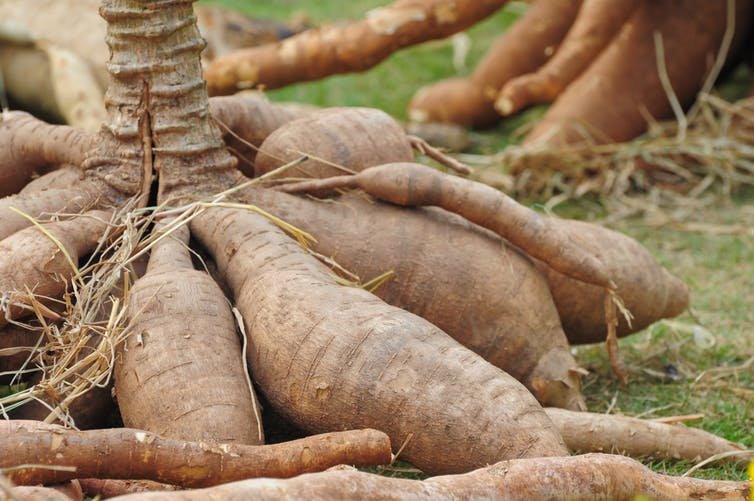
Over the past few years, cassava-based products have taken U.S. grocery stores by storm. Here are some popular forms you can try:
1. Cassava Flour
Made from the entire root (peeled, dried, and ground), cassava flour has a fine texture and neutral flavor. It can replace all-purpose flour 1:1 in many recipes. Popular brands include Otto’s Naturals and Bob’s Red Mill.
2. Tapioca Starch or Flour
This is the pure starch extracted from cassava roots. It’s often used as a thickening agent for soups, sauces, and desserts or in baking to add chewiness to bread and cookies.
3. Cassava Chips
Thinly sliced and fried or baked, cassava chips are a crunchy, gluten-free alternative to potato chips, with a subtle sweetness that pairs well with sea salt or chili seasoning.
4. Cassava Pasta and Tortillas
Grain-free pasta and wraps made from cassava flour have become staples for those avoiding wheat. They’re flexible, chewy, and satisfying — perfect for tacos or burritos.
5. Frozen Cassava (Yuca)
Pre-peeled and ready-to-cook cassava chunks can be found in many Latin or Asian grocery stores. These are great for boiling, frying, or roasting.
How to Cook Cassava
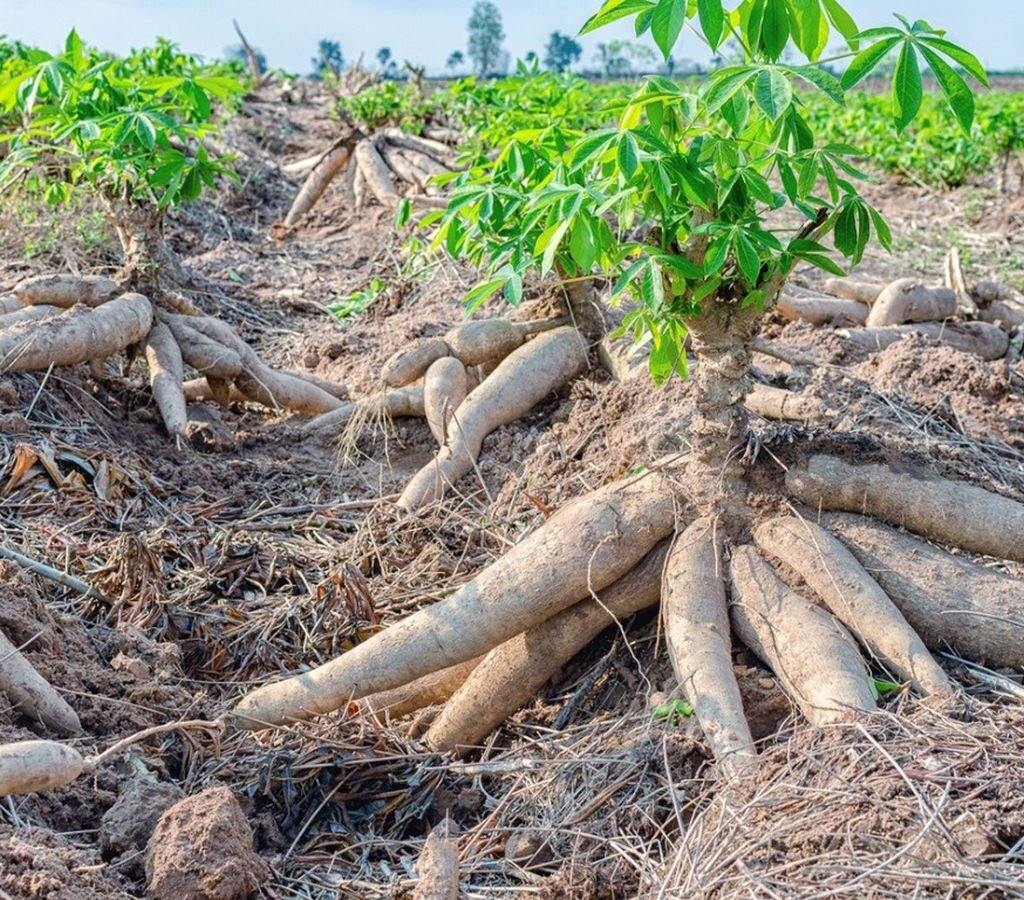
1. Boiled Cassava
- Peel and cut the root into chunks.
- Boil in salted water for 20–25 minutes until tender.
- Drain and serve with butter or olive oil for a comforting side dish.
2. Fried Cassava (Yuca Fries)
- Cut boiled cassava into strips and fry until golden brown.
- Sprinkle with sea salt and enjoy as a hearty alternative to French fries.
3. Cassava Mash
- Mash boiled cassava with garlic, olive oil, and coconut milk for a creamy, dairy-free alternative to mashed potatoes.
4. Cassava Cakes and Puddings
Cassava’s natural sweetness shines in desserts like Filipino cassava cake, Brazilian pão de queijo (cheese bread), or Caribbean cassava pudding.
5. Cassava Bread
Use cassava flour to make flatbreads or pancakes that are soft yet slightly chewy — great for breakfast or as a base for savory dishes.
Cassava in Global and American Fusion Cuisine

Cassava has traveled far beyond its tropical origins, blending seamlessly into diverse cuisines:
- Latin American cuisine: Yuca fries, cassava empanadas, and tapioca-based beverages.
- African cuisine: Cassava fufu, a smooth dough served with stews and soups.
- Southeast Asian cuisine: Cassava cakes, sweet puddings, and snacks.
- American kitchens: Grain-free pizza crusts, paleo tortillas, and vegan desserts.
In the U.S., innovative chefs and food brands have adopted cassava as a bridge between tradition and modern wellness trends, showcasing it in grain-free baked goods, smoothie bowls, and even energy bars.
Potential Downsides and Safety Tips
While cassava is highly nutritious, it’s important to handle it properly:
- Never eat raw cassava, as it contains naturally occurring cyanide compounds.
- Always peel, soak, and cook cassava thoroughly before eating.
- Stick to moderate portions, especially if you’re watching carbohydrate intake.
- When buying cassava flour or products, choose trusted brands that use safely processed ingredients.
Where to Buy Cassava in the U.S.
Cassava and its byproducts are widely available in:
- Latin American or Caribbean markets (fresh or frozen cassava).
- Asian grocery stores (for tapioca starch or frozen yuca).
- Health food stores and online retailers like Whole Foods, Thrive Market, and Amazon.
Whether you’re gluten-intolerant, following a clean-eating plan, or simply exploring new ingredients, cassava offers endless possibilities for cooking creativity.
Fun Facts About Cassava
- Cassava can survive harsh drought conditions — it’s one of the world’s most climate-resilient crops.
- It’s used to make bioethanol, animal feed, and even biodegradable plastics.
- The famous bubble tea pearls (boba) are made from tapioca starch derived from cassava.
- Cassava flour was a top food trend in the U.S. in 2020, according to Whole Foods Market.
Conclusion: Why Cassava Deserves a Spot in Your Pantry
Cassava’s journey from ancient South American fields to modern American kitchens is a story of adaptability, nourishment, and innovation. Its ability to meet the needs of today’s gluten-free, vegan, and paleo lifestyles has made it more relevant than ever.
Whether you’re baking with cassava flour, snacking on yuca fries, or trying tapioca-based treats, this root vegetable offers wholesome nutrition and versatile flavor that can fit any diet.
As Americans continue to rediscover global superfoods, cassava stands out as a timeless ingredient — one that connects tradition, sustainability, and delicious simplicity in every bite.
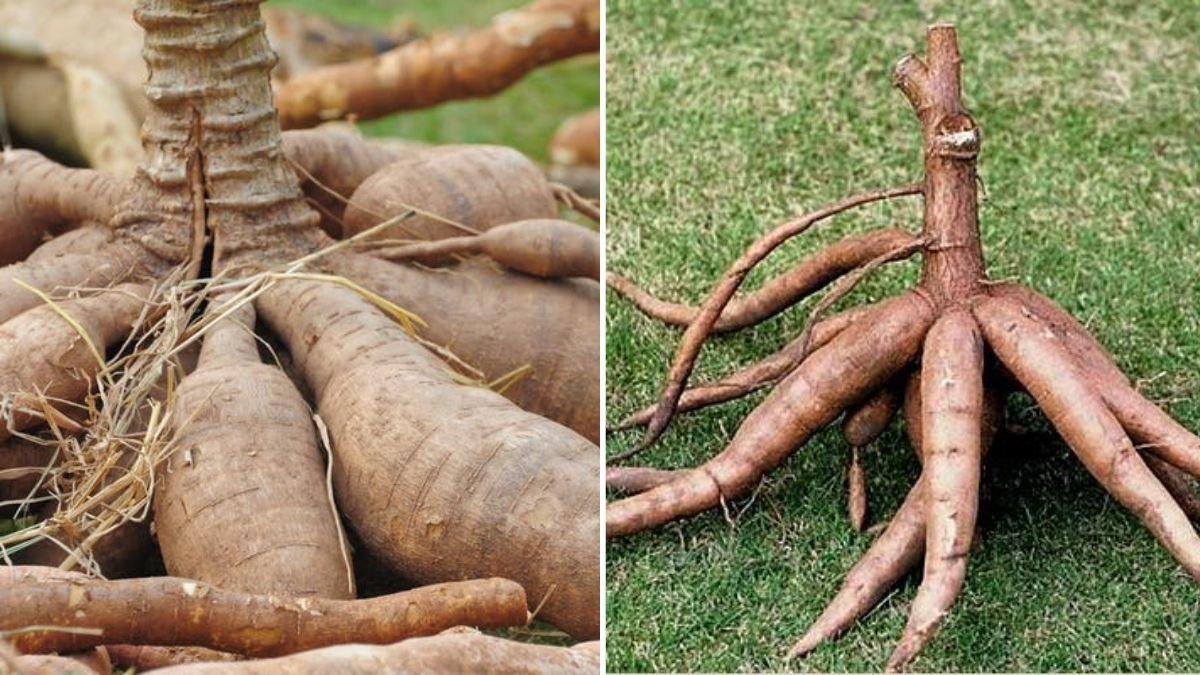



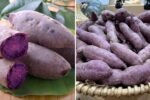

Leave A Comment